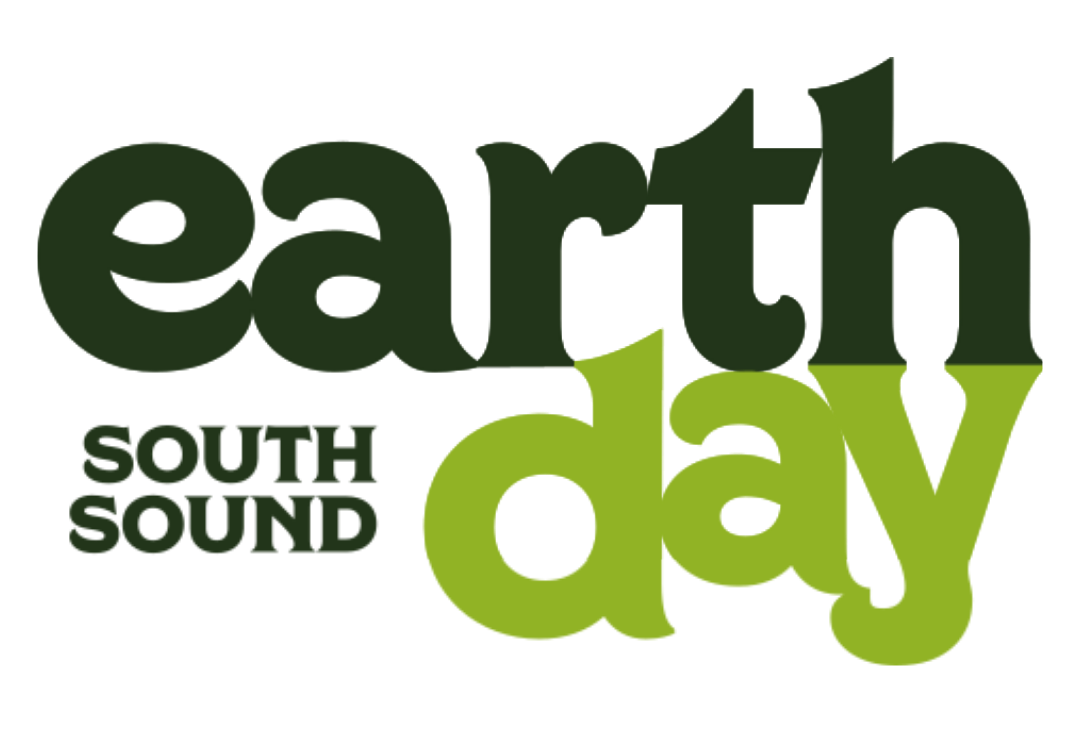The Challenges Facing Forest Ecosystems in Washington; A panel presentation and discussion with the Washington Native Plant Society
Featuring: Chris Earle, Connie Mehmel and Jacob Betzen
Kick off Native Plant Appreciation Month and join us for a panel on zoom of 3 presentations on challenges in forest ecosystems. Each presenter will share their presentation and then offer discussion.
Read below for a bio and description of each persons talk in this panel.
Title: The Future of Washington's Forests
Speaker: Chris Earle
Subtitle: Native forests in the 21st century: challenges we've created and solutions we can create.
Brief Description of Presentation: The first fifth of the 21st century has seen widespread declines in Washington forests, declines that are unprecedented in the historic era. The causes are complex and interacting but include climate change, fire suppression, loss of stand structural diversity, introduced pests and diseases, and timber harvest. The future is not promising, with climate change effects projected to become much stronger and no foreseeable return to historic conditions. There is much uncertainty about the magnitude and timing of changes and their ecological consequences. Future climates will be capable of supporting a very different mix of forests in Washington, with large range shifts likely in many of our most important kinds of trees, with associated shifts in the ecosystems where those trees are keystone species. Achieving those shifts will require human intervention to transport diverse organisms across distances that exceed their native ability to migrate. The resulting forests may have structures and compositions that differ from the forests we are used to, and the net result will be a shift toward younger, less diverse, less resilient forests than those we knew in the past. However, it is in our power to determine how these shifts occur and how well our future forest ecosystems preserve biological diversity and other human needs.
Title: Whitebark Pine: A Species on the Edge
Speaker: Connie Mehmel
Brief Description: Whitebark pine is a species on the edge in several ways. It lives on the edge of timberline, where no other conifer can grow. It is rarely seen because of the habitat it occupies. It is on the edge because of environmental threats, and has been proposed for listing under the Endangered Species Act. I will cover the ecology of whitebark pine; its taxonomy, history, distribution, growth and reproduction, the threats that it faces, and its current status under ESA.
Title: Bigleaf Maple Decline in Western Washington
Speaker: Jacob Betzen
Subtitle: A 2017 Investigation into the Causes and Extent of Increases Mortality of Bigleaf Maple (Acer macrophyllum Pursh), in Western Washington
Brief Description: Acer macrophyllum is a prominent component of the western Washington landscape where it performs ecological, economic, and cultural functions. Reports of its decline and increased mortality in the Pacific Northwest were documented beginning in 2011. Symptoms of this decline include a systemic loss of vigor, loss of transpiration, and reduced photosynthesis due to leaf loss. We conducted a preliminary study of A. macrophyllum decline across western Washington in 2014–2015 and observed decline symptoms across the region, but we did not detect any specific biotic causative agents. We subsequently conducted a multi-approach study in 2017 to quantify the spatial and temporal patterns of A. macrophyllum decline in western Washington, and to examine biotic and abiotic associations with its decline. We sampled plots throughout western Washington, and looked at site specific data, measured foliar and soil elemental concentrations, and conducted a dendrochronological analysis, to determine any associations of site conditions and decline, and to ascertain the spatial and temporal patterns of decline. We reported that A. macrophyllum decline is a recent phenomenon, particularly since 2011, that was positively associated with sites closer to roads and with increased development, and with increases in summer temperatures. Site conditions, especially hotter urban sites, are predisposing A. macrophyllum to mortality. We did not detect a consistent biotic agent that could be implicated in A. macrophyllum decline.







